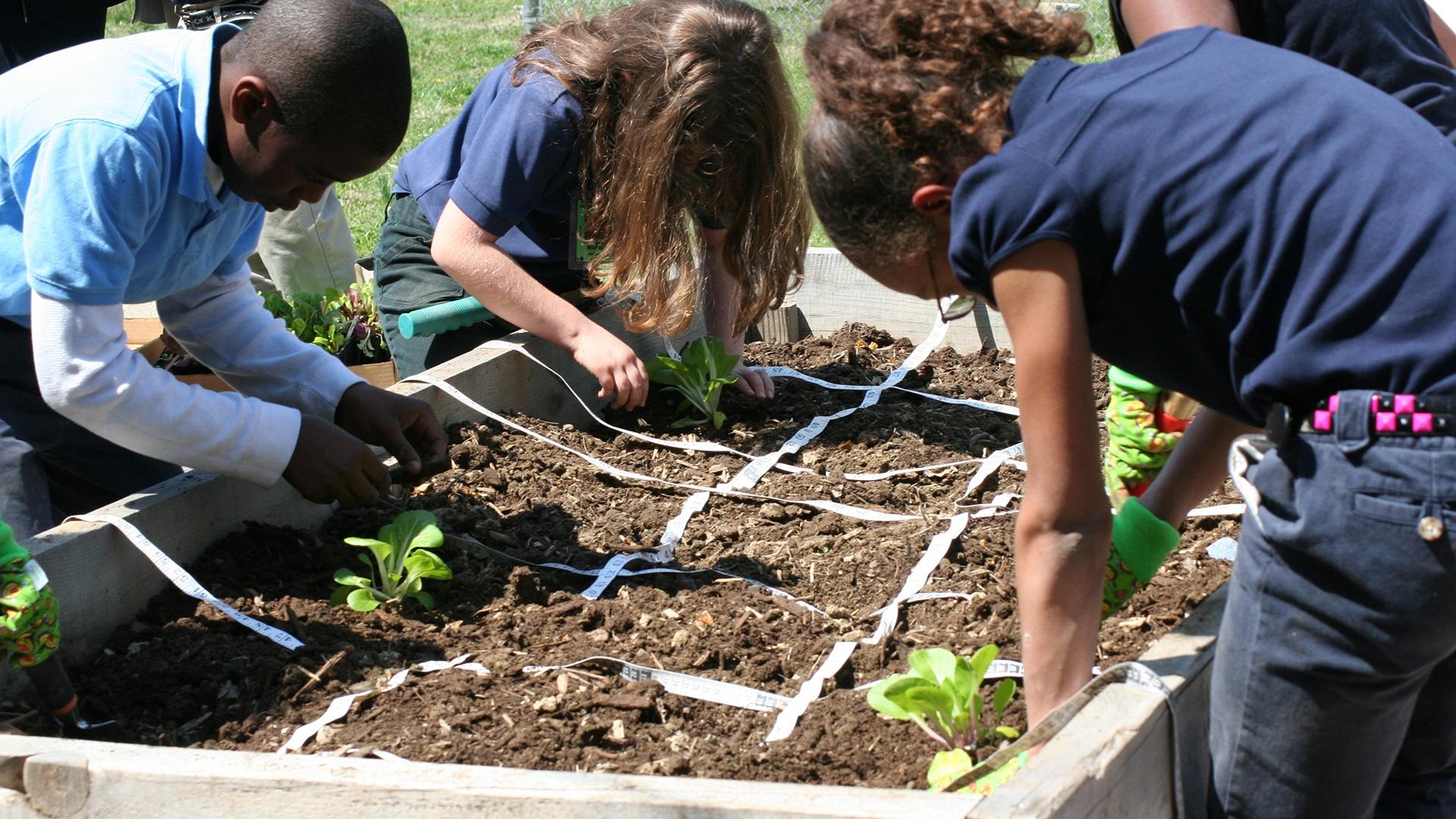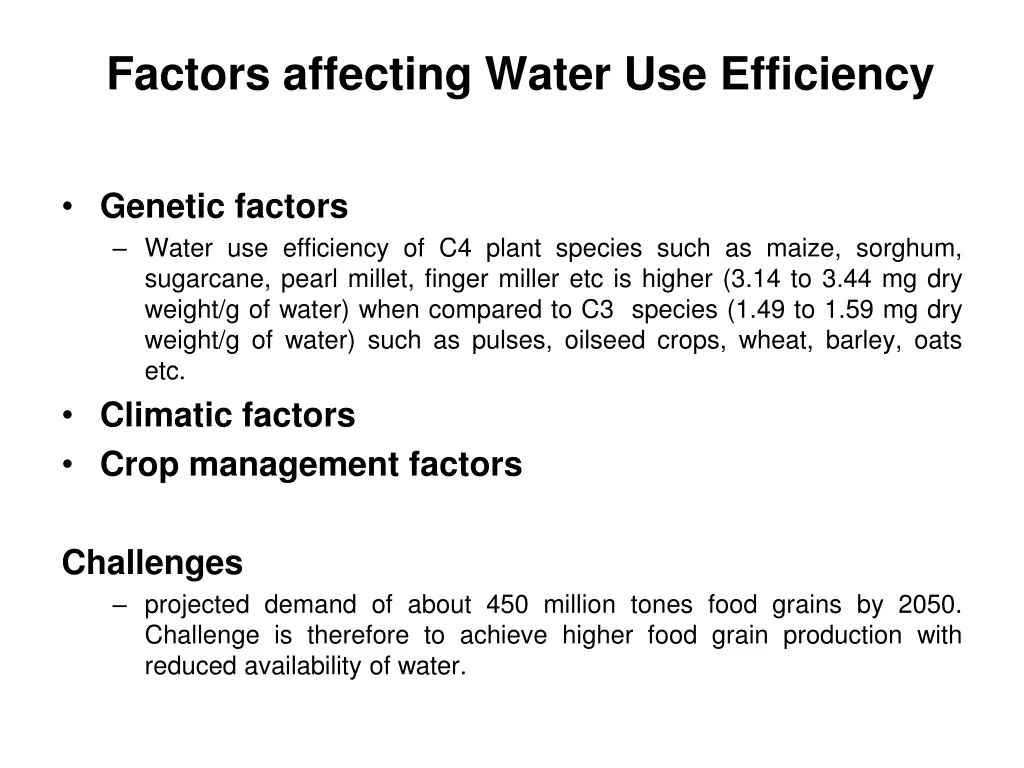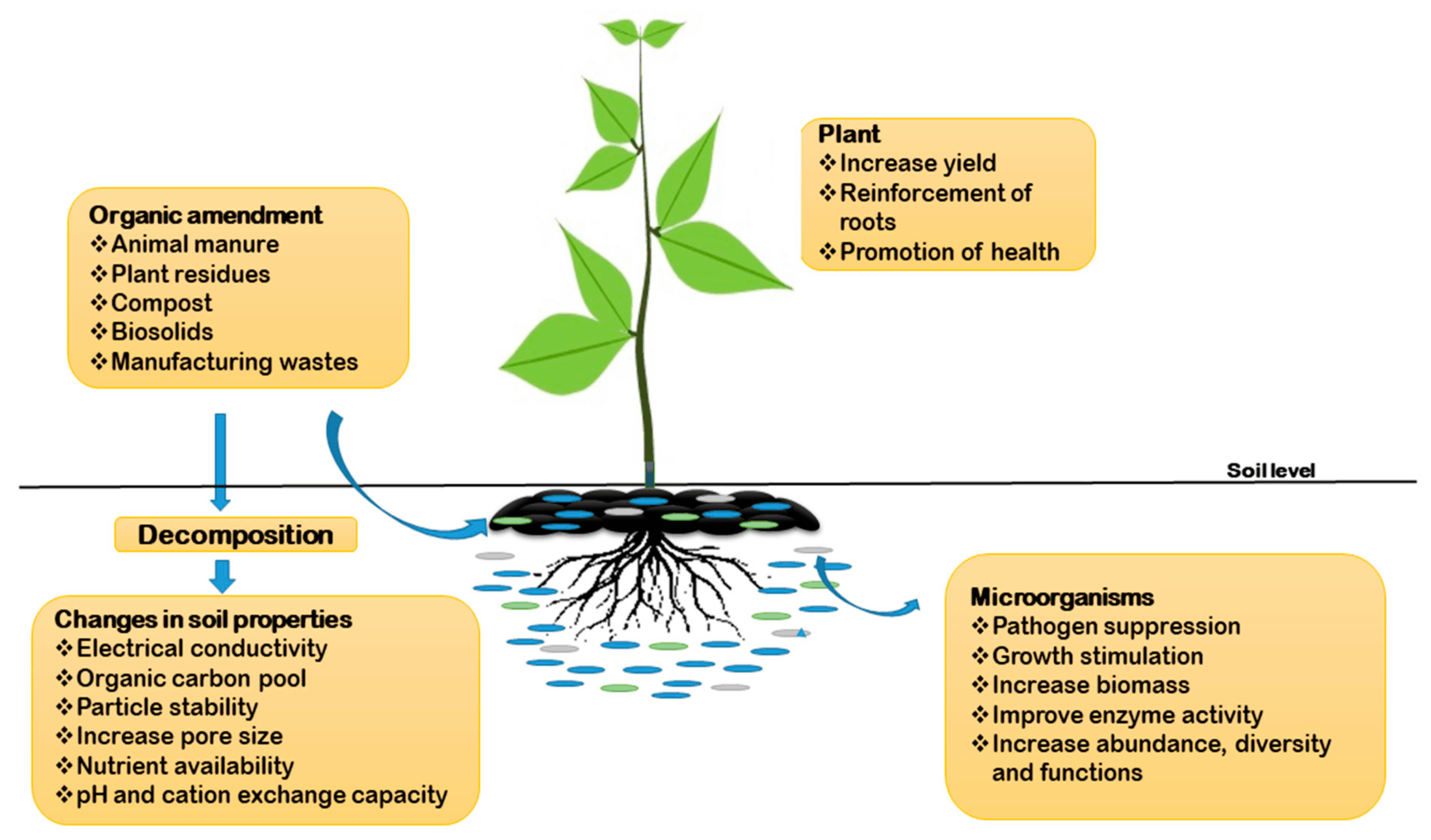
The world is changing, and with it, our understanding of what it means to live sustainably. The urgency of addressing climate change, resource depletion, and the overall health of our planet has never been more apparent. One of the most promising avenues for fostering a more sustainable future lies in education, specifically, in the realm of sustainable garden education curricula. These curricula are not just about teaching people how to grow plants; they’re about cultivating a deeper connection with nature, fostering environmental stewardship, and empowering individuals to make informed choices that benefit both themselves and the planet. This article delves into the critical aspects of designing and implementing effective sustainable garden education curricula, exploring the key components, benefits, and challenges involved.
The Core Principles of Sustainable Garden Education
At the heart of any effective sustainable garden education curriculum lies a set of core principles. These principles serve as the foundation upon which the entire program is built, guiding the selection of content, teaching methodologies, and assessment strategies. Some of the most important principles include:
- Ecological Literacy: Understanding the interconnectedness of ecosystems, the importance of biodiversity, and the impact of human actions on the environment. This involves learning about the flow of energy and nutrients, the roles of different organisms, and the consequences of disrupting natural processes.
- Environmental Stewardship: Cultivating a sense of responsibility for the well-being of the planet and a commitment to taking action to protect and restore it. This includes learning about conservation practices, reducing waste, and making informed consumer choices.
- Food Systems: Exploring the origins of our food, the environmental impacts of different agricultural practices, and the importance of sustainable food production. This involves learning about organic gardening, composting, and reducing food waste.
- Social Justice: Recognizing the link between environmental issues and social inequalities, and promoting equitable access to resources and opportunities. This includes learning about food deserts, environmental racism, and the importance of community-based initiatives.
- Systems Thinking: Developing the ability to analyze complex systems, identify interdependencies, and understand the long-term consequences of different decisions. This involves learning about feedback loops, unintended consequences, and the importance of holistic approaches.
Key Components of a Sustainable Garden Education Curriculum
A well-designed sustainable garden education curriculum should incorporate a variety of components to ensure a comprehensive and engaging learning experience. These components should be integrated in a way that allows students to build upon their knowledge and skills over time. The following are crucial components:
1. Hands-on Gardening Activities
The cornerstone of any effective sustainable garden education program is hands-on gardening activities. These activities provide students with the opportunity to learn by doing, allowing them to connect with nature in a tangible way. Activities can include:
- Planning and Designing a Garden: Students can learn about site selection, soil preparation, plant selection, and garden layout, considering factors such as sunlight, water availability, and plant compatibility.
- Planting and Caring for Plants: Students can learn about different planting techniques, watering methods, and pest control strategies, gaining practical experience in nurturing plants.
- Composting and Vermicomposting: Students can learn about the importance of composting for soil health and waste reduction, gaining hands-on experience in creating and maintaining compost systems.
- Harvesting and Food Preservation: Students can learn about harvesting techniques, food preservation methods such as canning and drying, and the importance of reducing food waste.
- Seed Saving: Students can learn about the process of collecting and saving seeds, preserving biodiversity and promoting self-sufficiency.
2. Classroom Instruction and Discussions
Classroom instruction and discussions provide the theoretical framework for understanding the principles of sustainable gardening and the broader environmental context. These activities can include:
- Lectures and Presentations: Teachers can deliver lectures and presentations on topics such as soil science, plant biology, ecological principles, and sustainable food systems.
- Group Discussions and Debates: Students can engage in group discussions and debates on topics such as climate change, food security, and environmental justice, developing their critical thinking and communication skills.
- Guest Speakers and Field Trips: Inviting guest speakers from the local community and organizing field trips to farms, gardens, and environmental organizations can provide students with real-world examples and inspire them to take action.
- Project-Based Learning: Students can engage in project-based learning activities, such as designing and implementing a school garden, researching local food systems, or creating educational materials for the community.
3. Assessment and Evaluation
Assessment and evaluation are essential for measuring student learning and ensuring that the curriculum is effective. Assessment methods can include:
- Observation: Teachers can observe students’ participation in hands-on activities, assessing their skills and understanding of the concepts.
- Written Assignments: Students can complete written assignments, such as essays, research papers, and reports, demonstrating their understanding of the material.
- Presentations: Students can give presentations on their research projects, sharing their knowledge and insights with their classmates.
- Portfolios: Students can create portfolios of their work, showcasing their progress and achievements throughout the program.
- Quizzes and Exams: Quizzes and exams can be used to assess students’ knowledge of key concepts and principles.
4. Integration of Technology
Technology can play a valuable role in enhancing the learning experience in sustainable garden education curricula. It can be used to:
- Access Information: Students can use the internet to research topics, access online resources, and connect with other students and educators.
- Create Presentations and Multimedia Projects: Students can use presentation software, video editing tools, and other multimedia applications to create engaging and informative presentations.
- Monitor and Analyze Data: Students can use sensors and data logging equipment to monitor environmental conditions in the garden, such as temperature, humidity, and soil moisture.
- Use Virtual Reality and Augmented Reality: Virtual reality and augmented reality technologies can provide students with immersive experiences, such as exploring a virtual garden or learning about different plant species.
Benefits of Sustainable Garden Education
The benefits of incorporating sustainable garden education into curricula are numerous and far-reaching, positively impacting both individuals and the environment. Here are some of the most significant advantages:
- Environmental Awareness and Stewardship: Sustainable garden education fosters a deeper understanding of environmental issues and inspires students to become responsible stewards of the planet. Students learn about the interconnectedness of ecosystems, the importance of biodiversity, and the impact of human actions on the environment.
- Health and Wellness: Gardening provides opportunities for physical activity, stress reduction, and access to fresh, healthy food. Students learn about the importance of healthy eating habits and the benefits of consuming locally grown produce.
- Food Security: Sustainable garden education teaches students about food production, empowering them to grow their own food and contribute to food security in their communities. Students learn about organic gardening practices, composting, and reducing food waste.
- Community Building: Gardening projects often involve collaboration and teamwork, fostering a sense of community among students, teachers, and community members. Students learn about the importance of working together to achieve common goals.
- Economic Opportunities: Sustainable garden education can provide students with valuable skills and knowledge that can lead to economic opportunities in the fields of agriculture, horticulture, and environmental science. Students learn about sustainable business practices and the potential for entrepreneurship in the green economy.
- Critical Thinking and Problem-Solving Skills: Gardening involves problem-solving and critical thinking, as students encounter challenges such as pests, diseases, and weather conditions. Students learn to analyze problems, develop solutions, and adapt to changing circumstances.
- Improved Academic Performance: Studies have shown that students who participate in garden-based learning programs often experience improved academic performance, particularly in science, math, and language arts. Gardening provides a hands-on, engaging way to learn about complex concepts.
Challenges in Implementing Sustainable Garden Education Curricula
While the benefits of sustainable garden education are clear, implementing these curricula can present certain challenges. Addressing these challenges requires careful planning, resourcefulness, and a commitment to overcoming obstacles. Some of the common challenges include:
- Funding and Resources: Securing funding for garden projects, equipment, and supplies can be a significant challenge. Schools and organizations may need to seek grants, donations, and partnerships to fund their programs.
- Teacher Training and Support: Teachers may need training and support to effectively implement sustainable garden education curricula. This includes training in gardening techniques, curriculum development, and assessment strategies.
- Time Constraints: Fitting gardening activities into an already packed school schedule can be difficult. Teachers may need to find creative ways to integrate gardening into existing curricula or to dedicate specific time slots for gardening activities.
- Space Limitations: Access to suitable garden space can be a challenge, particularly in urban or densely populated areas. Schools and organizations may need to get creative with space, such as using raised beds, containers, or rooftop gardens.
- Community Engagement: Engaging the community in garden projects can be essential for their success. Building partnerships with local businesses, organizations, and volunteers can provide valuable support and resources.
- Pest and Disease Management: Managing pests and diseases in the garden can be a challenge, particularly in organic gardening systems. Teachers and students need to learn about integrated pest management strategies and how to control pests and diseases without using harmful chemicals.
- Weather and Climate: Weather and climate conditions can impact gardening activities. Teachers and students need to be prepared to adapt to changing weather conditions and to choose plants that are suitable for the local climate.
Designing Effective Sustainable Garden Education Curricula: A Step-by-Step Guide
Creating a successful sustainable garden education curriculum requires a thoughtful and systematic approach. Here’s a step-by-step guide to help you design an effective program:
1. Define Goals and Objectives
Start by clearly defining the goals and objectives of your curriculum. What do you want students to learn? What skills do you want them to develop? What specific environmental or social issues do you want to address? Having clear goals and objectives will guide the development of your curriculum and help you measure its effectiveness.
2. Conduct a Needs Assessment
Before you begin designing your curriculum, conduct a needs assessment to determine the needs and interests of your students and the resources available in your community. This can involve surveys, interviews, and observations. This will help you tailor your curriculum to the specific needs of your students and the resources available.
3. Develop Curriculum Content
Based on your goals, objectives, and needs assessment, develop the content of your curriculum. This should include a balance of hands-on activities, classroom instruction, and assessment strategies. Ensure that the content is aligned with your goals and objectives and that it is engaging and relevant to your students.
4. Select Teaching Methods
Choose teaching methods that are appropriate for your content and your students. Consider incorporating a variety of teaching methods, such as hands-on activities, group discussions, presentations, and field trips. This will help keep students engaged and cater to different learning styles.
5. Design Assessment Strategies
Develop assessment strategies to measure student learning and ensure that the curriculum is effective. Use a variety of assessment methods, such as observation, written assignments, presentations, and portfolios. This will provide a comprehensive picture of student learning.
6. Identify Resources
Identify the resources you will need to implement your curriculum, such as funding, equipment, supplies, and volunteer support. Seek out grants, donations, and partnerships to help you acquire the resources you need.
7. Develop a Timeline
Create a timeline for implementing your curriculum. This will help you stay organized and ensure that you complete all the necessary steps. Break down the curriculum into manageable units and schedule activities accordingly.
8. Pilot Test and Revise
Before implementing your curriculum on a large scale, pilot test it with a small group of students or teachers. This will allow you to identify any areas that need improvement. Revise your curriculum based on the feedback you receive.
9. Implement and Evaluate
Implement your curriculum and evaluate its effectiveness. Collect data on student learning, engagement, and environmental impact. Use this data to make improvements to your curriculum over time.
Examples of Successful Sustainable Garden Education Programs
Numerous successful sustainable garden education programs are already in operation around the world. Studying these existing programs can provide inspiration and guidance for designing your own curriculum. Here are a few examples:
- Edible Schoolyard Project: Founded by Alice Waters, the Edible Schoolyard Project in Berkeley, California, provides hands-on gardening and cooking education to students. The program emphasizes the connection between food, health, and the environment.
- The Food Project: The Food Project in Massachusetts engages teenagers in sustainable agriculture, providing them with job skills and leadership development opportunities. The program focuses on growing food for local communities and addressing food insecurity.
- Farm to School Programs: Farm to school programs connect schools with local farms, providing students with access to fresh, healthy food and teaching them about sustainable agriculture. These programs often include garden-based learning activities.
- School Gardens in Urban Areas: Many schools in urban areas have established school gardens, providing students with opportunities to grow food and learn about the environment. These gardens often incorporate composting systems, rainwater harvesting, and other sustainable practices.
The Future of Sustainable Garden Education
The future of sustainable garden education is bright. As awareness of environmental issues grows, the demand for these programs will continue to increase. Here are some trends that are likely to shape the future of sustainable garden education:
- Integration with STEM Education: Sustainable garden education is increasingly being integrated with STEM (science, technology, engineering, and mathematics) education. Students are using technology to monitor environmental conditions in the garden, analyze data, and design sustainable solutions.
- Focus on Climate Change Education: Sustainable garden education is playing a growing role in climate change education, helping students understand the causes and effects of climate change and empowering them to take action.
- Expansion of Online Resources: Online resources, such as virtual gardens, educational videos, and interactive simulations, are making sustainable garden education more accessible to students and educators around the world.
- Emphasis on Social-Emotional Learning: Sustainable garden education is being recognized for its ability to promote social-emotional learning, helping students develop empathy, build relationships, and manage stress.
- Increased Community Involvement: Community involvement is essential to the success of sustainable garden education programs. Schools and organizations are increasingly partnering with local businesses, organizations, and volunteers to support their programs.
Conclusion: Cultivating a Sustainable Future, One Garden at a Time
Sustainable garden education is a powerful tool for cultivating a greener future. By teaching students about the interconnectedness of ecosystems, the importance of environmental stewardship, and the benefits of sustainable food systems, these curricula empower individuals to make informed choices that benefit both themselves and the planet. By embracing the core principles of ecological literacy, environmental stewardship, food systems, social justice, and systems thinking, educators can create engaging and effective programs that inspire students to become responsible citizens and environmental leaders. While challenges exist in implementing sustainable garden education curricula, the benefits are undeniable. Through careful planning, resourcefulness, and community collaboration, we can overcome these challenges and create a more sustainable future, one garden at a time.



